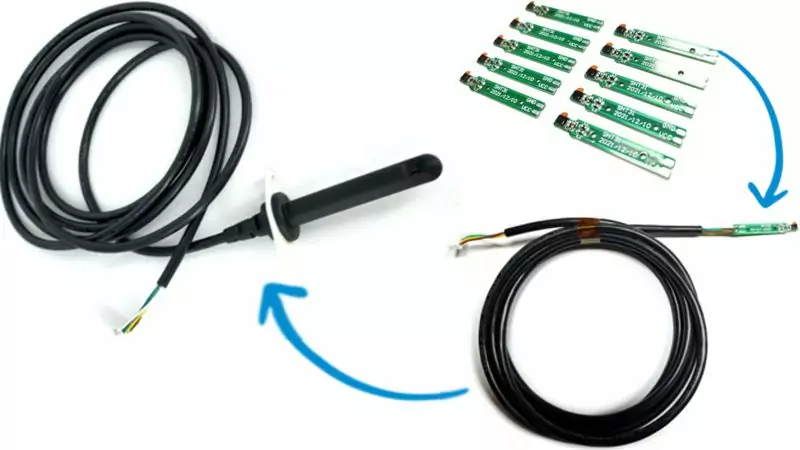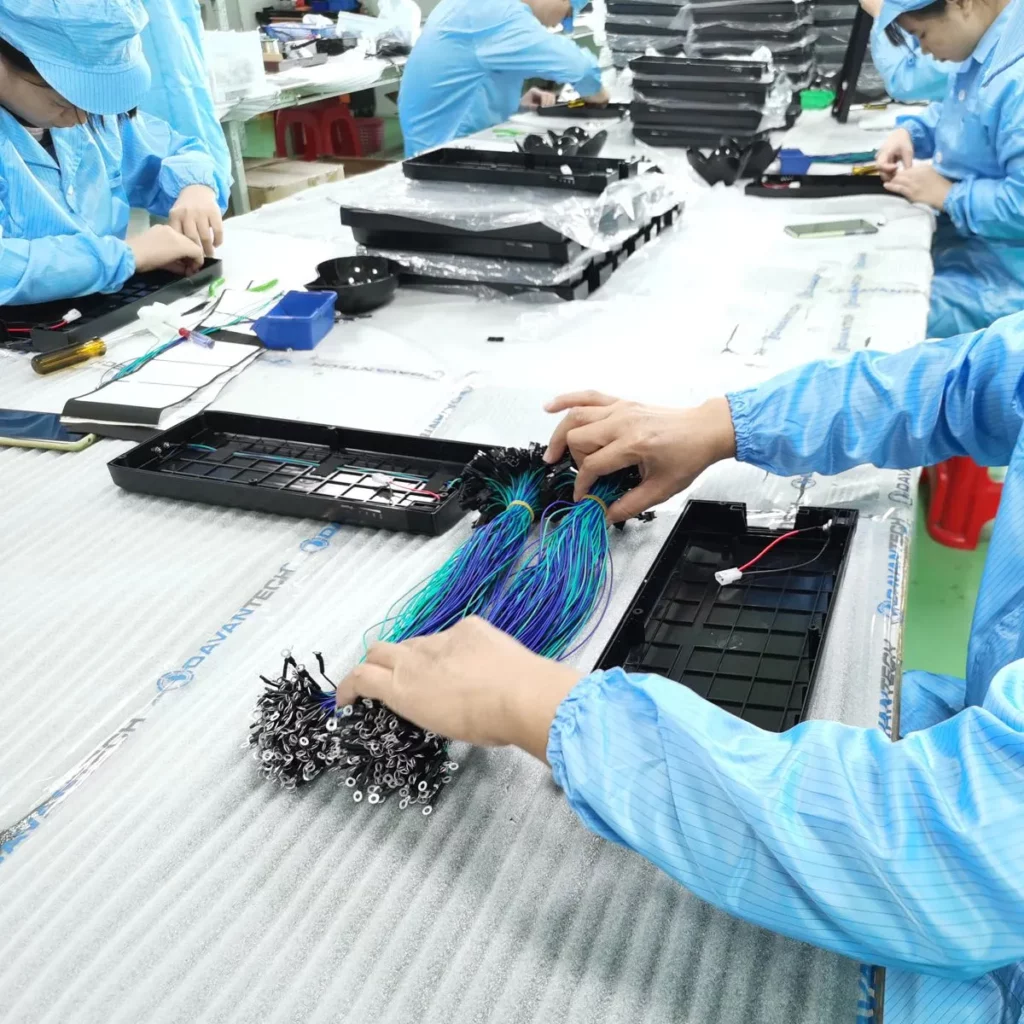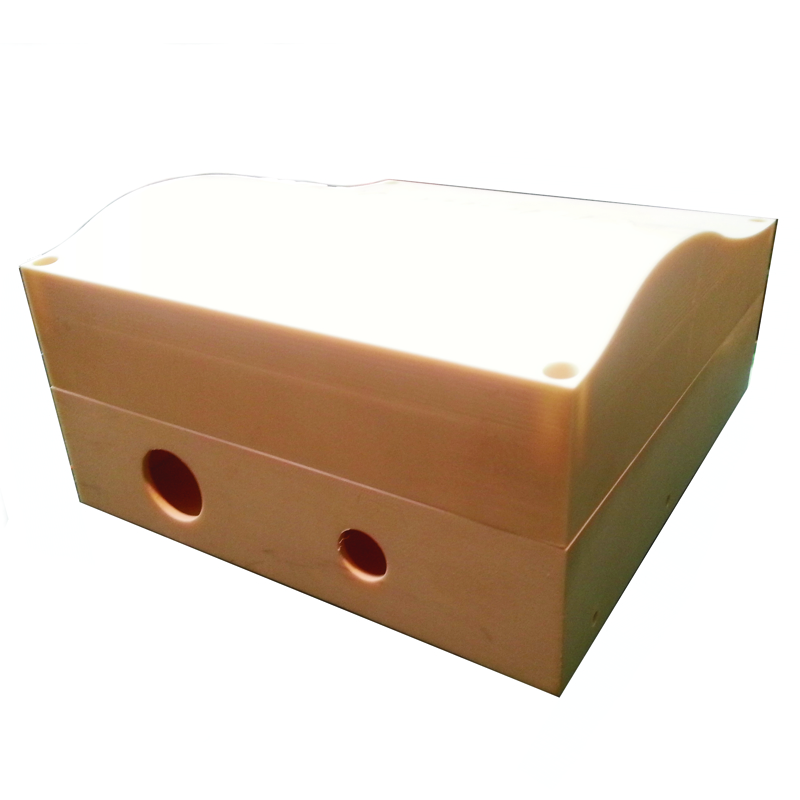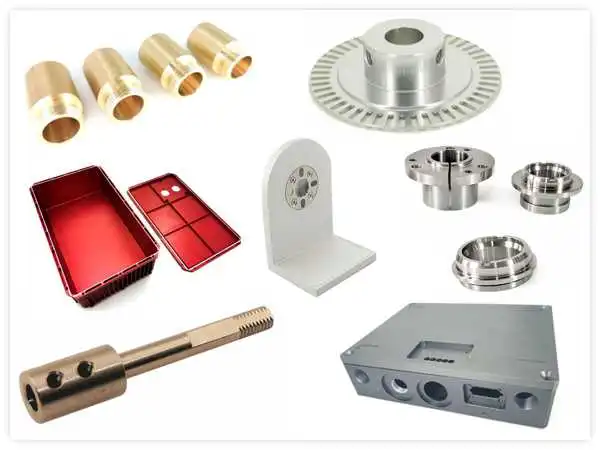Overmolding is a process in which we mold a thermoplastic material over a substrate. In this way, we create a single, integrated component. This technology is widely used in the production of overmolded connectors and electrical cables in China. Because it is considered a cost-effective and efficient solution. In addition, overmolding has several benefits. More specific, overmolding technology has allowed Chinese manufacturers to produce connectors and cables with improved durability, reliability, and versatility. In this article, we will explore the various applications of overmolding in the electrical industry, and take a closer look at the overmolding process in China.
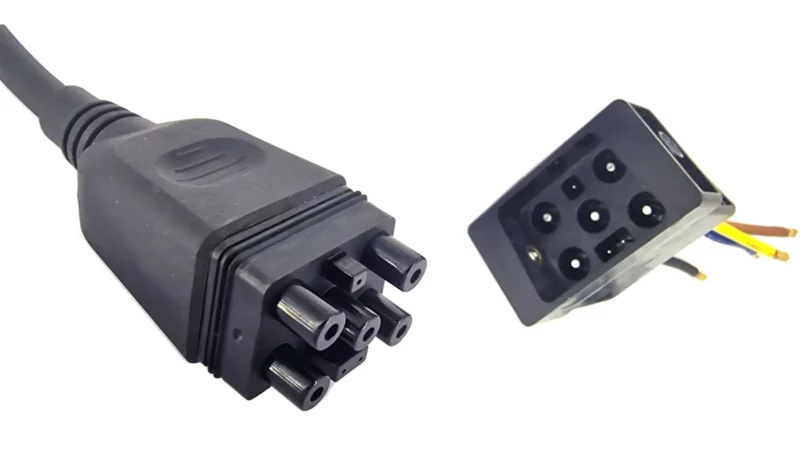
Applications of Overmolding in the Electrical Industry
The electric industry used overmolded components in a variety of applications. These components including connectors and cables. Some of the most common applications of overmolding technology include:
-
Connectors:
We use overmolding technology for the production of connectors for a variety of purposes. The most common type of connector produced through overmolding is the electrical connector, which is used to connect two or more electrical circuits. In addition, overmolding provides a cost-effective and efficient solution for producing connectors, as it eliminates the need for multiple components, such as the assembly of different parts to form a shell our enclosure.
-
Cables:
Cable overmoldings come in the form of molded connectors, cable glends , cable splits and strain reliefs. This process allows manufacturers to produce cables that are more durable, reliable, and versatile than traditional cables. Overmolded cables are more resistant to moisture, temperature fluctuations, and physical stress, making them ideal for a variety of applications.
-
Printed circuit boards:
We overmold printed circuit boards to protect them from moisture and dust. In addition, overmolding is a good alternative to produce an electronic product without manual assembly into an enclosure. The process allows certain design features and materials that would be more difficult to produce with an assembly of different parts.
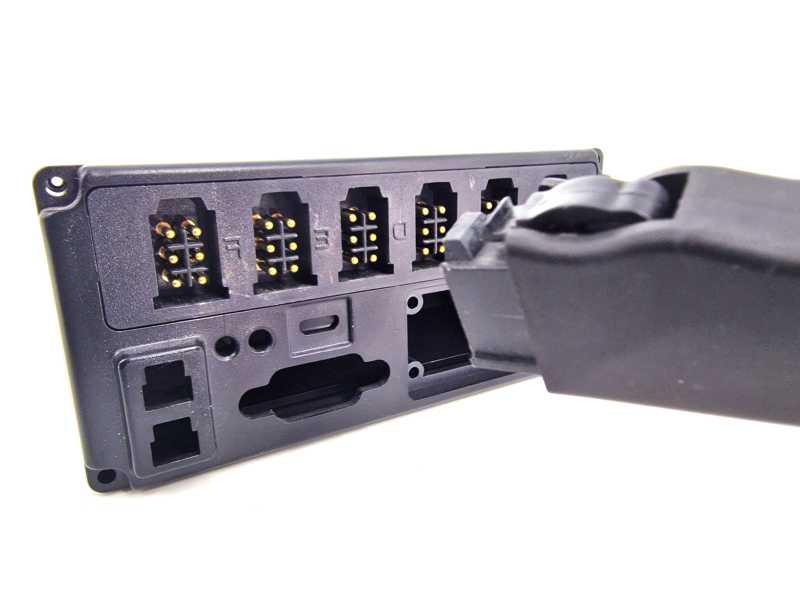
The Overmolding Process in China
The overmolding process in China is similar to the overmolding process used in other countries. The process begins with the preparation of the substrate, which is typically made of metal, plastic, or a combination of both. The substrate is then cleaned and preheated to ensure a strong bond between the substrate and the thermoplastic material.
Next, the thermoplastic material is molded over the substrate using a specialized molding machine. The molding machine applies pressure and heat to the thermoplastic material, which is then molded over the substrate to create a single, integrated component.
Once the overmolding process is complete, the molded component is removed from the molding machine and cooled. The cooling process is crucial for ensuring the proper bonding between the substrate and the thermoplastic material. After cooling, the molded component is inspected for any defects, and it is then packaged and shipped to customers.
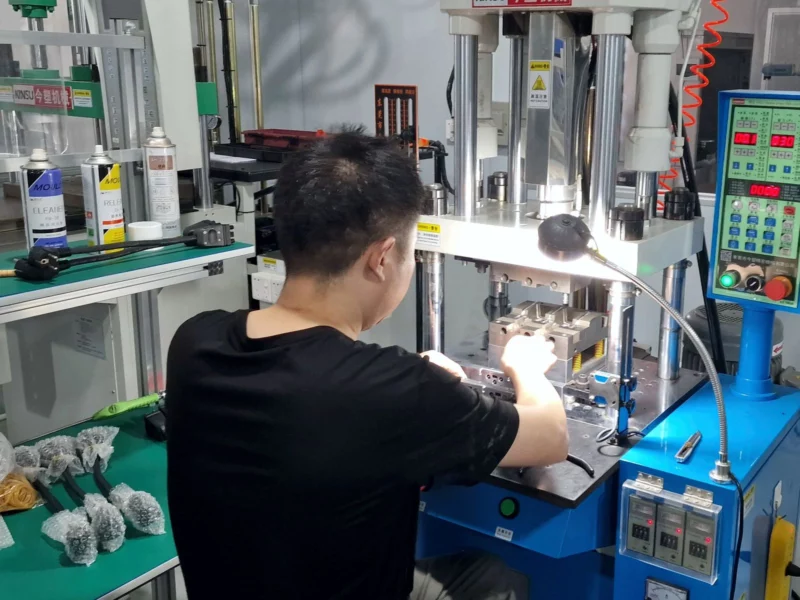
5 Benefits of Overmolding Connectors and Electrical Cables in China
There are several benefits of overmolding connectors and electrical cables in China. Some of the most significant benefits include:
-
Cost-Effective:
First of all, overmolding as such provides a cost-effective solution for producing connectors and cables. This is because overmolding eliminates the need for multiple components, such as connectors and cable assemblies. This reduces the cost of production and allows Chinese manufacturers to offer competitive prices to customers. Secondly, China has lower labor cost and overhead, which results in a cheaper overmolded product.
-
Improved Durability and Reliability:
Overmolded connectors and cables are more durable and reliable than traditional connectors and cables. This is because overmolding provides a strong bond between the substrate and the thermoplastic material, which protects the electrical components from moisture, temperature fluctuations, and physical stress.
-
Versatility:
Overmolding technology provides a versatile solution for producing connectors and cables. This is because overmolding allow manufacturers to produce a wide range of components with different shapes, sizes, and functions. This versatility allows manufacturers to meet the unique needs of their customers, and it also allows them to quickly adapt to changing market demands.
-
Improved Performance:
Overmolded connectors and cables offer improved performance compared to traditional connectors and cables. This is because overmolding provides a stronger and more secure bond between the substrate and the thermoplastic material, which reduces the risk of electrical failure. Overmolded connectors and cables are also more resistant to moisture, temperature fluctuations, and physical stress, which further improves their performance.
-
Reduced Waste:
Overmolding technology reduces waste, as it eliminates the need for multiple components, such as connectors and cable assemblies. This reduces the amount of waste generated during the production process, which is better for the environment.
Conclusion:
In conclusion, overmolding technology has revolutionized the production of connectors and electrical cables in China. Overmolding provides a cost-effective, efficient, and versatile solution for producing connectors and cables that are more durable, reliable, and versatile than traditional connectors and cables. The overmolding process in China is a proven solution for producing high-quality components that meet the unique needs of customers. As the demand for overmolded components continues to grow, it is likely that the overmolding technology will continue to be an important part of the electrical industry in China.
